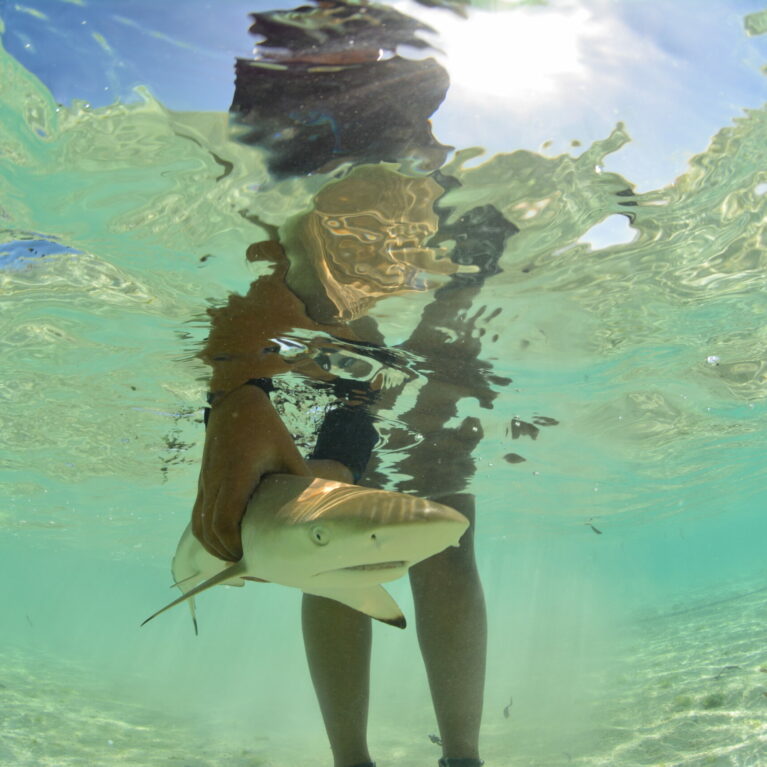Checking on juvenile sharks – what can body condition tell us?
Understanding key population parameters of threatened species helps to inform their conservation. Saratha is using long-term mark-recapture data for juvenile blacktip reef (Carcharhinus melanopterus) and sicklefin lemon sharks (Negaprion acutidens) to investigate trends in body condition by means of various condition indices.
As a born citizen of the Republic of Seychelles, I can say that I have been fortunate enough to experience paradise at its finest. A place on the map that lies between latitudes 4° and 11°S and between longitudes 46° and 56°E, Seychelles is home to the most enchanting diversity of flora and fauna. As a child I was fascinated by wildlife and nature in general, but growing up I became even more intrigued and captivated by the life that exists below water. So much is known about what exists on land, yet more than 80% of the ocean is...
A length-weight condition analysis: Assessing the morphological trends of two threatened carcharhinid juvenile reef shark species in St Joseph Atoll, Seychelles.
To investigate trends in the body condition of juvenile sharks using a remote nursery site in the Amirantes, Seychelles.
Both study species are classified as threatened on the IUCN Red List due to declining populations globally. Estimates of population decline rely on accurate information about the structure of the population, so information that helps us to understand how these sharks use key habitats will help to inform future conservation status assessments.
Condition indices are used to assess the health of animals and to evaluate how life-history strategies, ecological interactions and environmental threats affect them. Some of the most commonly used indices, such as condition factor, are calculated from an animal’s morphological measurements and have been used extensively to assess condition in marine fish. However, far fewer studies have investigated condition in sharks.
St Joseph Atoll is home to juvenile populations of blacktip reef and sicklefin lemon sharks. Previous research has investigated how these species share this space and how they grow and survive. An understanding of body condition and how this varies across temporal and spatial scales is critical to our understanding of the fitness and survival of these sharks in the early years of life. Baseline information about the condition and health of shark populations will be important for gauging the impacts of future environmental disturbances and threats.
The aim of this study is to use condition indices to assess variations in the condition of two juvenile carcharhinid populations using a nursery site and to weigh up the findings in the context of conserving and managing these threatened species.
To do this, the study will address several specific objectives:
– collect morphometric data from juvenile blacktip reef and sicklefin lemon sharks to calculate condition factor and investigate trends in condition for the populations of the two species;
– assess differences in condition factor across year, season, sex and size class;
– assess any variation in condition between various sub-habitat zones to investigate potential differences in habitat suitability.


